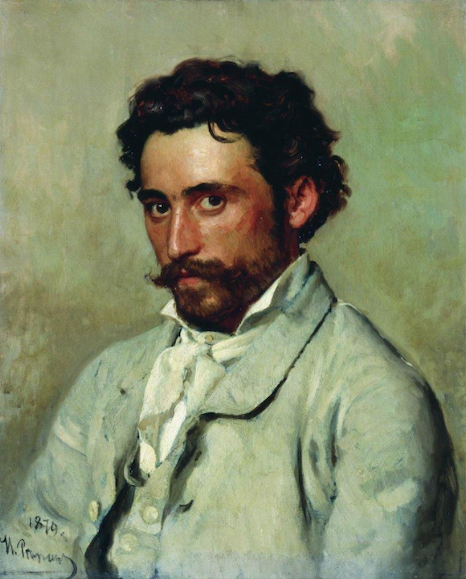Portraits & Philosophy

Painting is an activity that is mostly concerned with the various ways in which light and shade are distributed among the forms of the world. But capturing that distribution in a portrait is often not sufficient. There is in addition a subtle but characteristic emanation around living beings that ought to be reflected in portraits. This is the suggestion of the inner psychological state as a dynamic symbol that clothes the exterior of the body. The inversion of the inner state, which is brought outwards through interpretation, extends our understanding of the people depicted in portraits. In a sense, this view is a distillation of Aristotle’s hylomorphic theory that the soul just is the arrangement of the body.
Subjects of portrait paintings are integrated with that characteristic emanation when the painter is able to provide a truthful interpretation of the subject. That unique combination of the appearance of the material body and the suggestion of the inner state are therefore sensitively translated by the informed intellect of the painter. The dynamic symbol that adorns the body is imparted onto a portrait in the form of a gestalt, providing one example of the essence of a living being. In such instances where that dynamic symbol is effectively translated and imparted, a genuine work of art manifests which possesses an insightful truth.
Cover: Portrait of Yurkevich by Ilya Repin